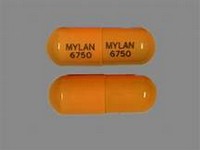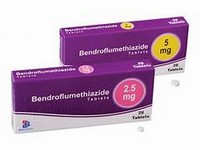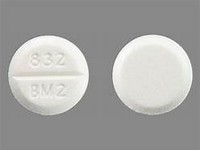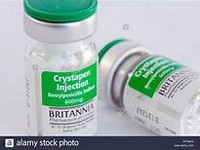Ziconotide
CLINICAL USE
Analgesia for intrathecal useDOSE IN NORMAL RENAL FUNCTION
2.4–21.6 mcg daily; majority require <9.6 mcg/dayPHARMACOKINETICS
DOSE IN RENAL IMPAIRMENT
GFR (mL/MIN)
DOSE IN PATIENTS UNDERGOING RENAL REPLACEMENT THERAPIES
IMPORTANT DRUG INTERACTIONS
Potentially hazardous interactions with other drugsADMINISTRATION
Reconstition
–Route
IntrathecalRate of Administration
Over 24 hoursComments
Dilute with preservative-free sodium chloride 0.9%; concentration should be no lower than 5 mcg/mL in an external pump and 25 mcg/mL in an internal pumpOTHER INFORMATION
Use with caution in renal impairment due to lack of studies Has rarely caused rhabdomyolysis, myositis, acute renal failure and urinary retention .
See how to identify renal failure stages according to GFR calculation
See how to diagnose irreversible renal disease
Home








